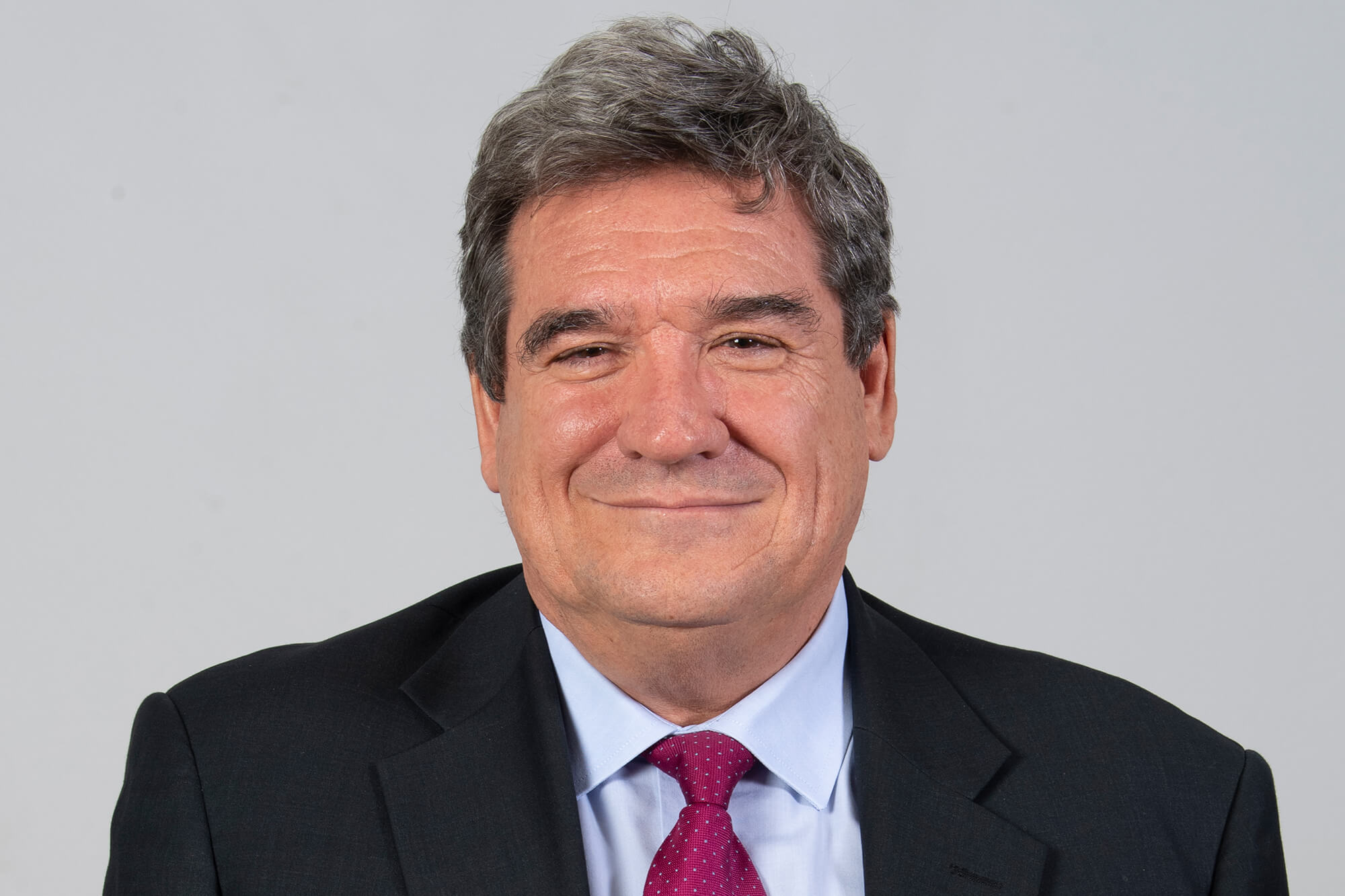ECB’s Escrivá: September Baseline Scenario Still the Most Likely
22 October 2024

By Marta Vilar – MADRID (Econostream) – European Central Bank Governing Council member José Luis Escrivá said on Tuesday that the baseline scenario of the ECB's September projections was still the most likely one.
In an interview with Spanish newspaper Expansión, Escrivá, who heads the Banco de España, said, 'What the data are pointing to at the moment is that we are approaching the inflation target broadly in line with the path envisaged in the September macroeconomic projections.'
'This assumed that the inflation target would be reached sometime in 2025 and that it would stabilise thereafter', he continued. 'That remains the central scenario.'
The balance of risks surrounding that scenario was 'quite balanced' in September, he said, and '[t]here are not yet sufficient elements pointing to further risks that inflation could deviate further downwards or upwards to change that diagnosis.'
Escrivá characterised September's baseline scenario as remaining 'the most likely', given its prediction of reaching price stability 'in the course of 2025' with 'medium-term interest rates that, while lower than at present, would still be above those observed before the pandemic or the war in Ukraine.'
Asked if the Governing Council agreed that there were more downside than upside risks to inflation, as ECB President Christine Lagarde stated at last week’s press conference, Escrivá replied with the observation that the monetary policy statement indicated that disinflation was proceeding as expected.
Recent data had confirmed that inflation was converging to the 2% target, not only in aggregate data but also in HICP’s composition, he explained.
‘In this context, […] there was enough margin for an additional cut in a scenario that, nevertheless, is still projecting a soft landing of the European economy’, he said.
Monetary policy decisions did not require the release of new macroeconomic projections, he said.
For Escrivá, the reasons to believe that a downside scenario for growth was materialising were now stronger.
‘This puts additional downward pressure on inflation in the medium term’, he said.
The ECB would apply the same approach to its December decision as in previous meetings, he said.
‘Between now and December there will be new information, for example, two additional inflation readings and also hard quantitative economic activity data, such as GDP, unlike this period, in which we have only seen qualitative data, such as PMIs and surveys’, he said.
December would also feature a new round of macroeconomic projections, he noted.
